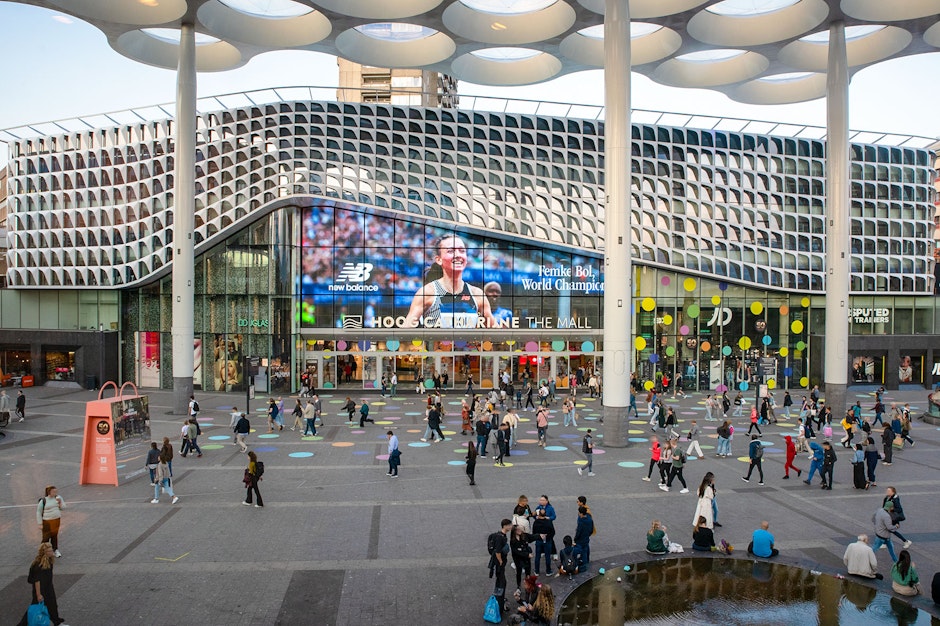The case for programmatic infrastructure in out of home advertising
Diederick Ubels, managing director, EMEA at Vistar Media, argues that investing in programmatic out of home (OOH) technology and proficiency will drive growth for media owners.

In the rapidly expanding realm of programmatic DOOH, stakeholders question the investment of time and resources in technology that primarily automates processes. Their concern is that without utilizing crucial elements like triggers, dynamic creative or data, the motivation of programmatic buying is too limited.
Better yet, many argue that technology often complicates their work, adding operational burdens without clear benefits — essentially acting as a "tech tax" on transactions. However, investing in programmatic infrastructure is a crucial step toward integrating out of home (OOH) advertising into the broader digital ad spend landscape. This investment will open up new opportunities and save time rather than further complicating processes.
Overcoming Initial Hurdles
For both media owners and buyers, initial entry into programmatic DOOH poses challenges. Questions emerge about accurately attributing inventory, transitioning from loop-based or network-based sales to impression-based sales, and managing national campaigns within constrained budgets. Integrating these complexities into a tech stack can appear daunting, especially given the varying preferences of different media agencies.
Despite these hurdles, the potential rewards justify the effort. Traditionally, OOH has commanded only 5% of media budgets. Recent breakthroughs however, highlighted at the World Out of Home Organization (WOO) conference by president Tom Goddard, suggest that OOH has broken through the 5% barrier. But with programmatic, we can really take a significant next step in opening up the channel.
Key drivers for market success
Seamless access
he buying process must be frictionless. This necessitates robust technical infrastructure and skilled operators. Initial programmatic experiences may be imperfect, but repeated use refines the process, making it accessible to all buyers. Such accessibility has spurred substantial growth, attracting new buyers to OOH. In the Netherlands, JCDecaux alone reported over 250 new buyers last year — buyers who might not have considered OOH without its integration into digital media buying strategies.
Global scalability
OOH holds potential to match internet scale. Programmatic infrastructure facilitates cross-market purchasing akin to digital platforms. Standardization and accessibility make OOH attractive for international campaigns. In Europe, for instance, one in every four dollars spent on our platform is allocated to a different country, a proportion increasing each quarter.
Conclusion: embracing the future of OOH
The digital frontier for OOH is vast. Embracing technology as a long-term investment rather than a short-term burden can elevate the industry from good to exceptional. This paradigm shift views tech not as a hindrance but as a conduit to efficiency and growth. Establishing robust infrastructure, both technically and in personnel, promises substantial expansion beyond the traditional 5% media spend.
As Richard Bon of Clear Channel aptly articulates, OOH is "the oldest channel with the brightest future." Through comprehensive adoption of programmatic technology, even in campaigns initially perceived as marginally beneficial, the growth potential of this venerable medium is limitless.
